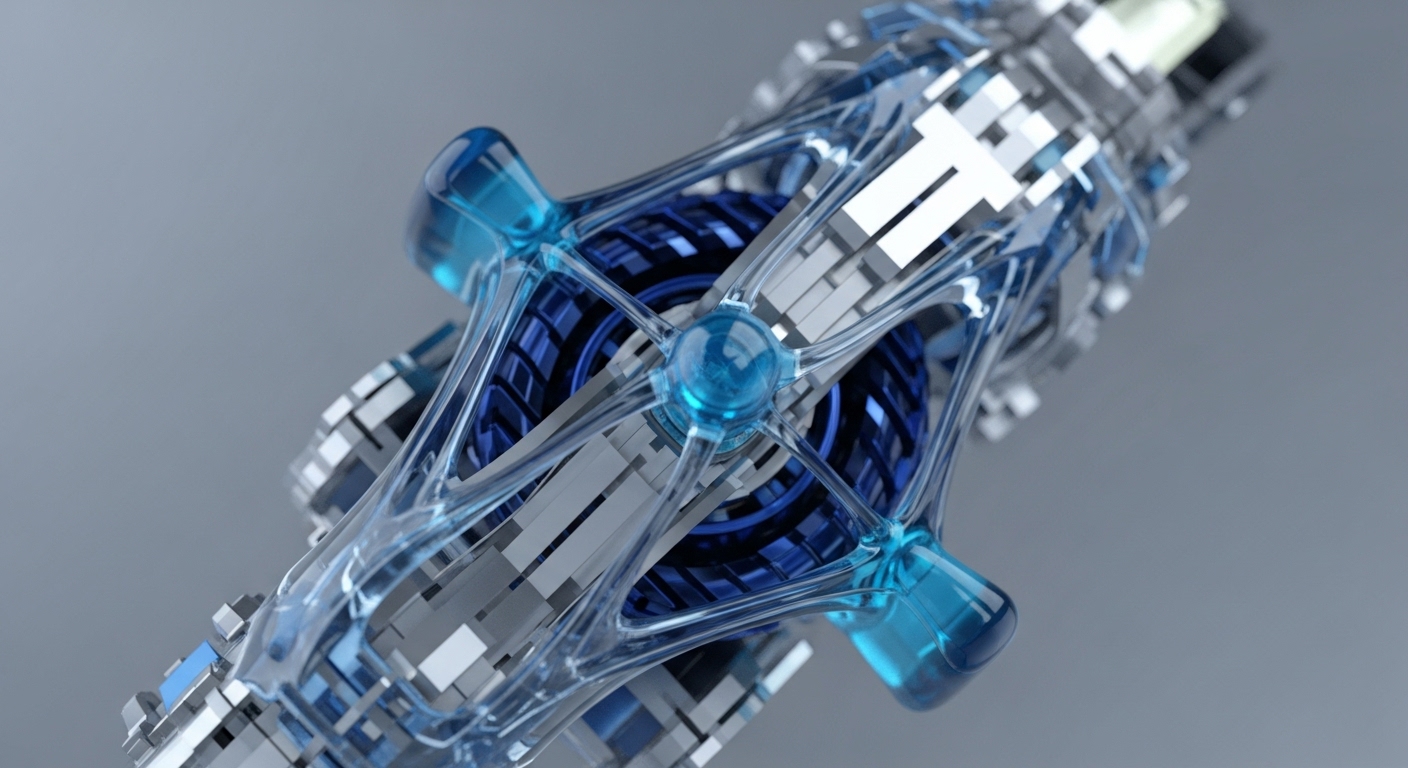
Briefing
This research addresses the growing intersection of Artificial Intelligence (AI) agents and blockchain technology, where the inherent complexity of decentralized systems creates significant barriers for non-expert users. The foundational breakthrough is the delivery of the first Systematization of Knowledge (SoK) dedicated to AI-driven systems within blockchain environments, meticulously outlining their security and privacy dimensions. This work provides an essential framework for understanding the applications, limitations, and future research trajectories of AI agents, ultimately paving the way for more robust and secure blockchain architectures.

Context
Before this research, the burgeoning field of AI agents interacting with blockchain environments lacked a cohesive, comprehensive overview of their security and privacy implications. While AI agents were increasingly deployed for tasks such as on-chain data analysis, transaction strategy optimization, and smart contract vulnerability detection, the fragmented literature presented a significant challenge. This absence of a systematized understanding hindered the identification of overarching security risks, privacy vulnerabilities, and critical areas for future academic and practical development within this complex domain.

Analysis
The core idea of this paper is to systematically categorize and analyze the current landscape of AI agents operating within blockchain ecosystems. This Systematization of Knowledge (SoK) functions as a meta-analysis, examining how AI agents interact with blockchain, the specific tasks they perform, and the resulting security and privacy considerations. The paper fundamentally differs from previous, more fragmented studies by offering a holistic framework that integrates diverse applications → from analyzing transactional data to detecting smart contract flaws → under a unified lens of security and privacy. This structured approach clarifies the inherent trade-offs and challenges, providing a foundational understanding of this evolving technological frontier.

Parameters

Outlook
This foundational SoK unlocks new avenues for cryptographic research and mechanism design by providing a clear map of the AI-blockchain intersection. It facilitates the development of provably secure protocols and smart contracts that can leverage AI agents safely, fostering a more resilient and equitable decentralized ecosystem. Future work will likely involve applying this theoretical framework to design and verify specific AI-driven blockchain architectures, develop privacy-preserving AI agent protocols, and establish industry best practices for secure AI-blockchain integration over the next 3-5 years.
Signal Acquired from → arXiv.org
